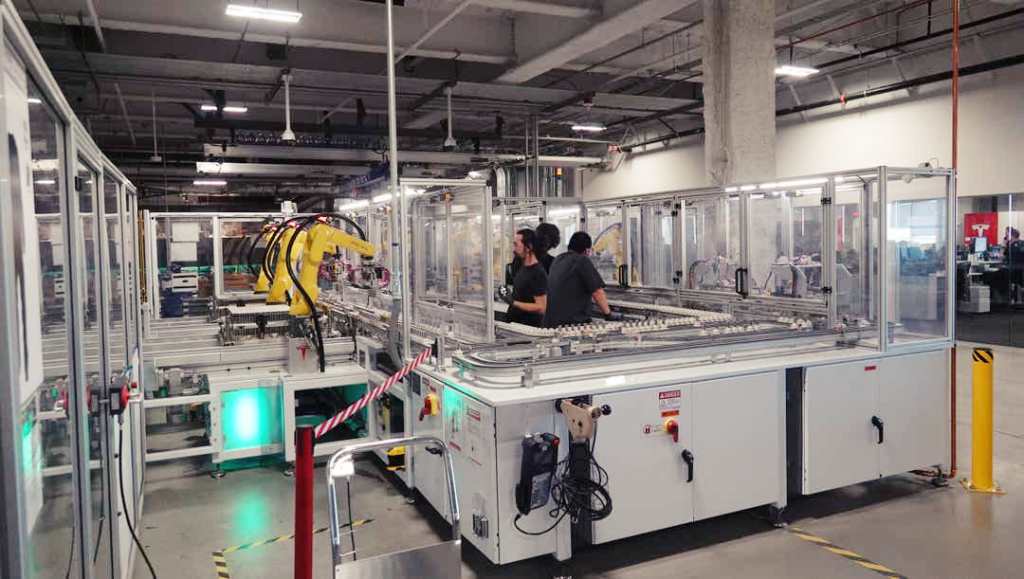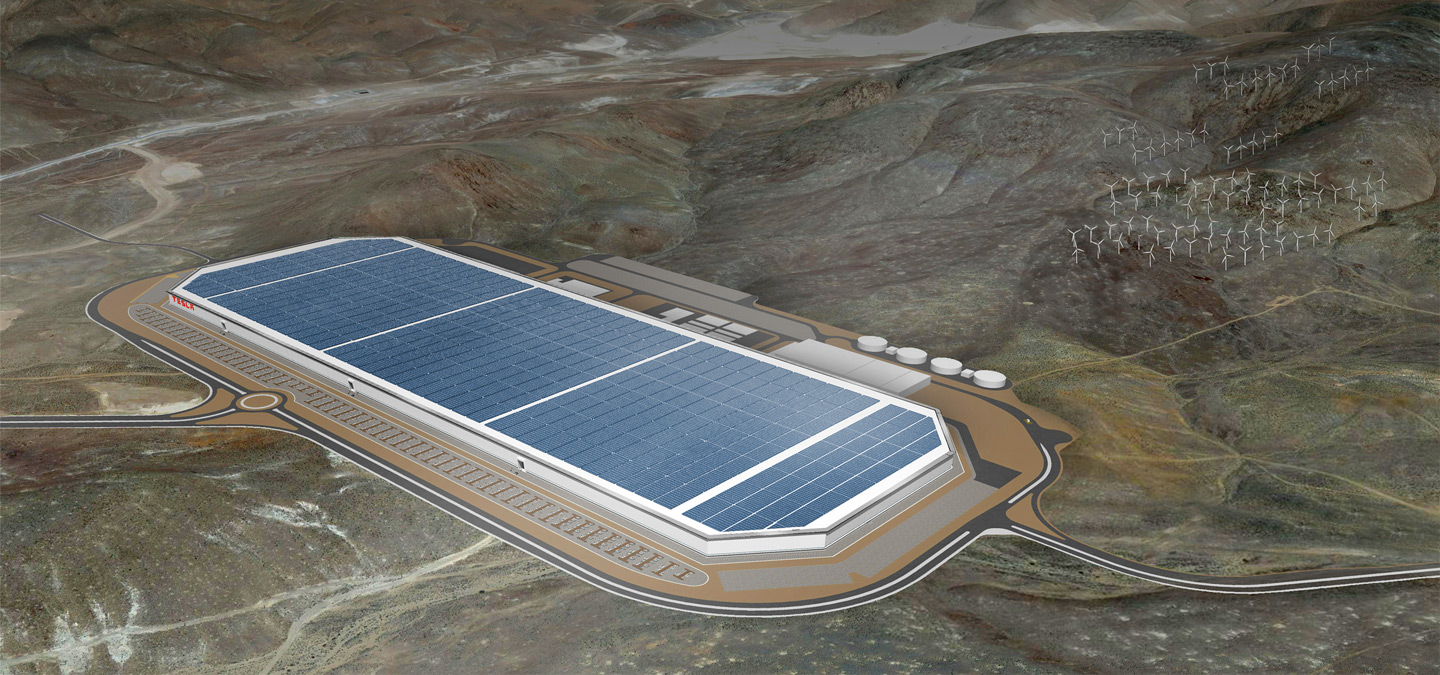A few weeks ago, we heard the news that Panasonic was preparing further to strengthen its partnership with Tesla at the Nevada Gigafactory. Something that would represent a significant investment in the expansion of a facility that will grow in capacity, but also beginning to adapt to accommodate a new generation of batteries.
Thanks to the fourteenth production line installation, the annual capacity will increase by 10%, which will allow them to reach 39 GWh. Enough to produce about 500,000 77 kWh packs each year.

Now we have learned from the statements of Carl Walton, vice president of production engineering and facilities for Panasonic North America, that they are already working on the installation of the equipment that will allow the production of the new generation of batteries. A system that will improve the energy density of the current cells by 5% and that will very possibly be presented later this month on battery day.
According to those responsible for the Japanese manufacturer, these batteries will multiply by 1.4 the energy density of lithium-ferrophosphate cells. That will also make them the batteries with the highest energy density on the market.
But the great objective of Tesla and Panasonic is not only to make cells competitive from the technological point of view but also to transfer these advances to the economic one. That is why the brand has confirmed the work to reduce expensive components such as cobalt.
From Panasonic, it has been indicated that the current cells already use half the cobalt than their main rivals and that the new generation will bring them even closer to the objective of developing cells free of this controversial and expensive metal.
A step forward that will make it possible to substantially reduce the cost of batteries that, as we see, leads the way to increase energy density while reducing their value. Something that will allow the development of battery packs with a higher capacity and a lower price.
A piece of news that tells us that very possibly since the announcement at the end of this month of the new advances by Tesla, it will not be long until the start of the production of these new batteries. Something with a specific commercial sense since otherwise the North American manufacturer could run the risk of suffering an Osborne Effect and see its sales slow down while waiting for the arrival of these new cells or models with more economical capacity.

